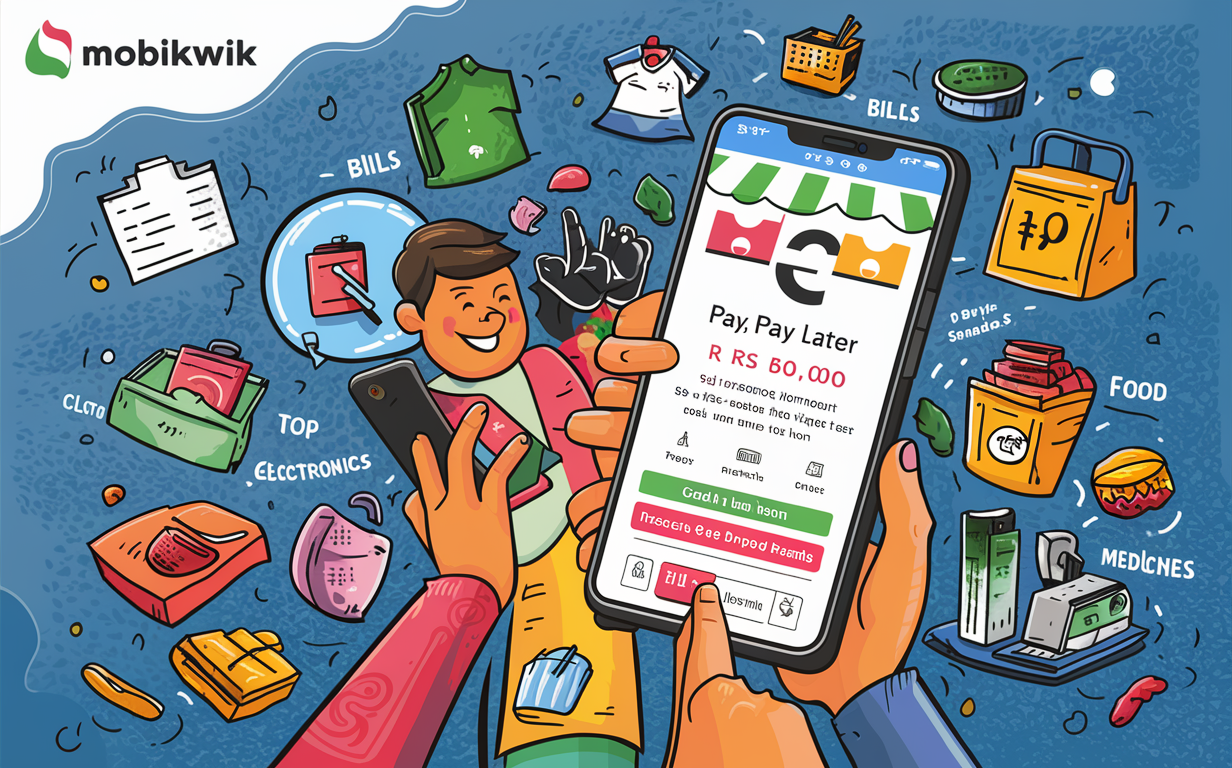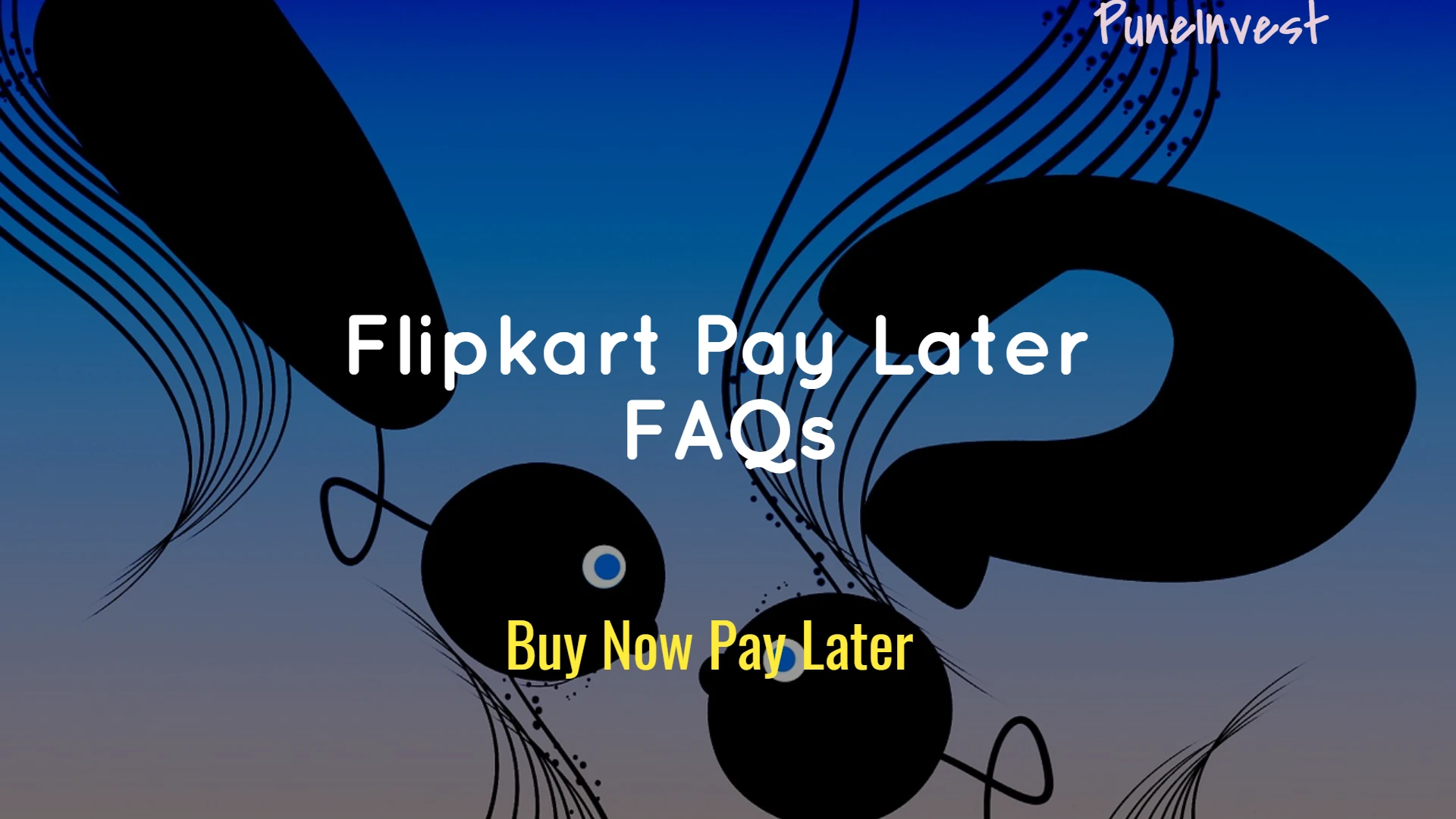In the world of digital payment solutions, Mobikwik has been a one of the player, offering a wide array of services to its users. One such service gaining popularity is “Mobikwik Pay Later,” which provides a convenient and flexible “buy now, pay later” facility to its customers. In this comprehensive review, we will delve into various aspects of Mobikwik Pay Later, including charges, EMI options, credit limits, bank transfers, common issues, activation charges, usage scenarios, and payment dates.
What is Mobikwik ZIP Pay Later?
Mobikwik ZIP Pay Later, users can enjoy a credit limit of maximum up to Rs 60,000, allowing them to conveniently pay bills, shop for clothes, groceries, electronics, order food, medicines, and much more. This option lets users shop at over 1 Lakh renowned brands, all from the comfort of their own homes, using the MobiKwik platform, and defer the payment to a later time.
It’s applicable across a wide range of well-known brands, including Swiggy, Zomato, Flipkart, Myntra, Pharmeasy, and many others.
Mobikwik Pay Later Charges
Activation Fee: Users are required to pay a one-time, non-refundable activation fee ranging from INR 99 to INR 399 (inclusive of applicable taxes), but this fee becomes applicable only after ZIP has been used for the first time and the first invoice is generated. The activation fee will be included in the Loan Documents and charged by the lending partner.
Before confirming your EMI transaction, please ensure to check the interest rate, which may vary between 16% to 36%.
| Principal Outstanding | Bill Bounce Charges | Late Payment |
|---|---|---|
| 101-1000 | Rs 250 | 2.5% of Outstanding Amt |
| Greater than>1001 | Rs 500 | 2.5% of Outstanding Amt |
Please note that all the charges mentioned above are exclusive of GST (Goods and Services Tax), which will be levied additionally.
| Principle Outstanding Amount | Bounce Charges | Late Charges | Overdue Charges |
| Rs. 101-1000 | 250 | 2.5% | 0.1% -daily |
| Rs. 1001-& above | 500 | 2.5% |
Mobikwik Pay Later Billing & Payment Date?
The Mobikwik Zip bill is generated twice a month, on the 16th and 1st of each month. You are provided with a 5-day window to repay the bill. However, if the bill remains unpaid beyond the due date, a penalty will be imposed, which will vary based on the bill amount and the number of days the payment is delayed.
Mobikwik Pay Later to Bank Transfer
Transferring Mobikwik ZIP PayLater balance to a bank account is not allowed. However, you can utilize your ZIP balance for recharges, bill payments, and transactions with merchants.
My take on Mobikwik Pay Later
In conclusion, the “Pay Later” option can be a convenient choice for customers, provided they use it responsibly. However, it is essential to be cautious of certain aspects that may make it a less favorable option for some individuals.
While companies advertise “zero interest” for Pay Later services, failing to make timely payments can lead to hefty penalties.
These penalties may surpass the interest charges of a regular loan. For instance, a delay of just 15 days on a payment of 10,000 rupees could result in an additional 500 rupees as late payment charges, along with 2.5% interest for those 15 days, totaling 750 rupees in interest, which is equivalent to a 7.5% interest rate for just 15 days.
When extrapolated to an annual interest rate, this can be significantly higher.
The lack of transparency regarding interest rates is another concern. Companies may not disclose the specific interest rates they charge, and customers may only see the apparent benefits without being aware of potential future issues. This lack of information can lead to unforeseen problems in the future when customers find themselves bound by terms and conditions they may not have fully understood or agreed to.
Let’s consider a scenario where you make a purchase on the 6th of the month, and your payment due date is on the 21st. For this short-term credit of 10-15 days, you are subject to a high 60% interest rate, which includes bounce charges, late payment fees, and other related costs.
On the other hand, if you were to deposit money in a bank, they would offer you an interest rate of just 7%. This significant disparity between the interest rate you pay for credit and the interest rate you earn on savings creates a considerable financial risk for you as the customer.
Taking a credit option with such a high interest rate poses a financial burden, especially when compared to the low-interest returns from traditional savings methods. It is crucial to be cautious and aware of the implications of opting for high-interest credit options and consider alternative means of managing finances to ensure sound and responsible financial decisions.
In conclusion, while the Pay Later option can offer convenience, customers must exercise caution and ensure they understand all terms and conditions thoroughly. Being aware of potential penalties and interest rates can help customers make informed decisions and avoid any financial pitfalls in the future.




